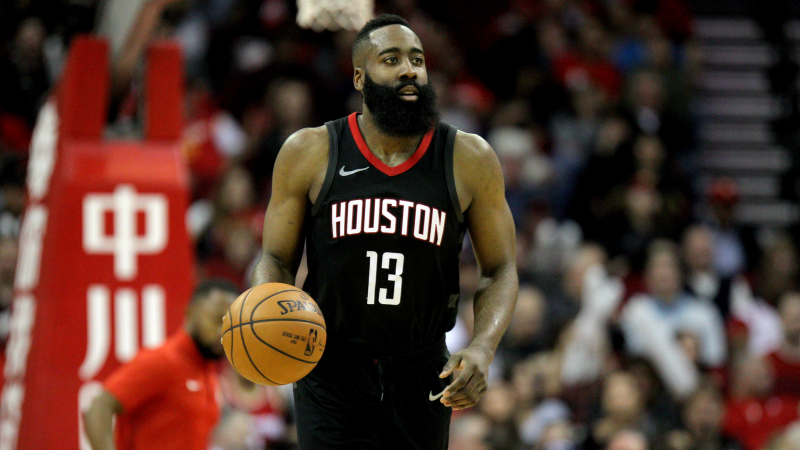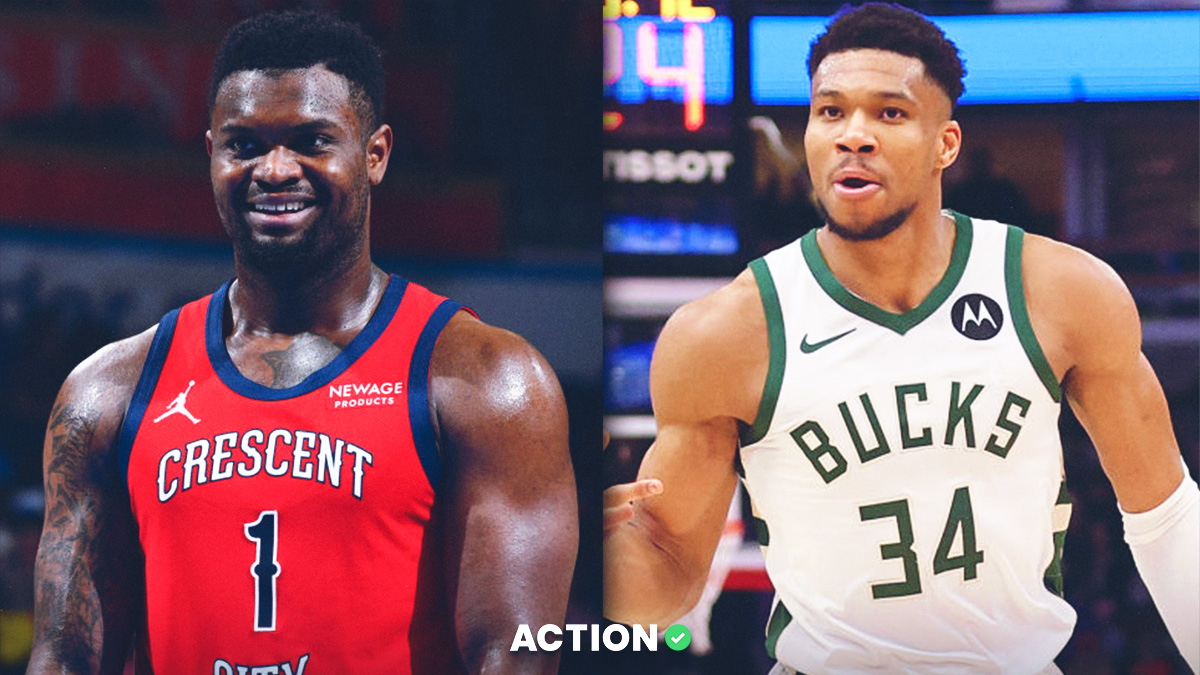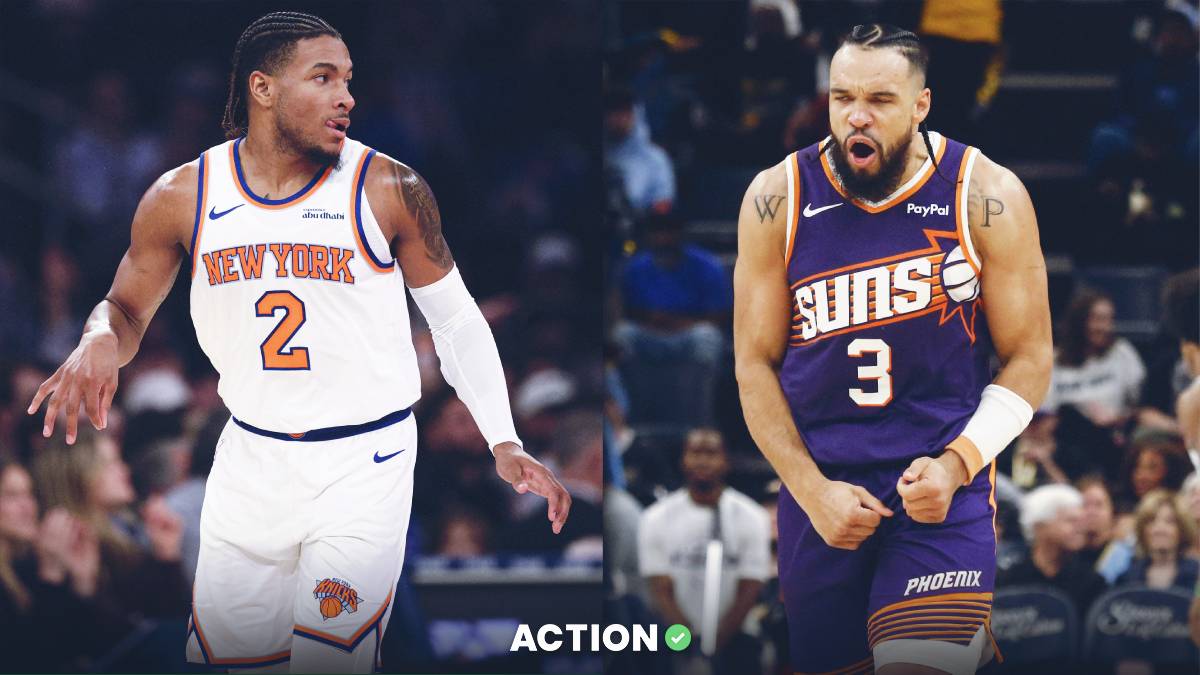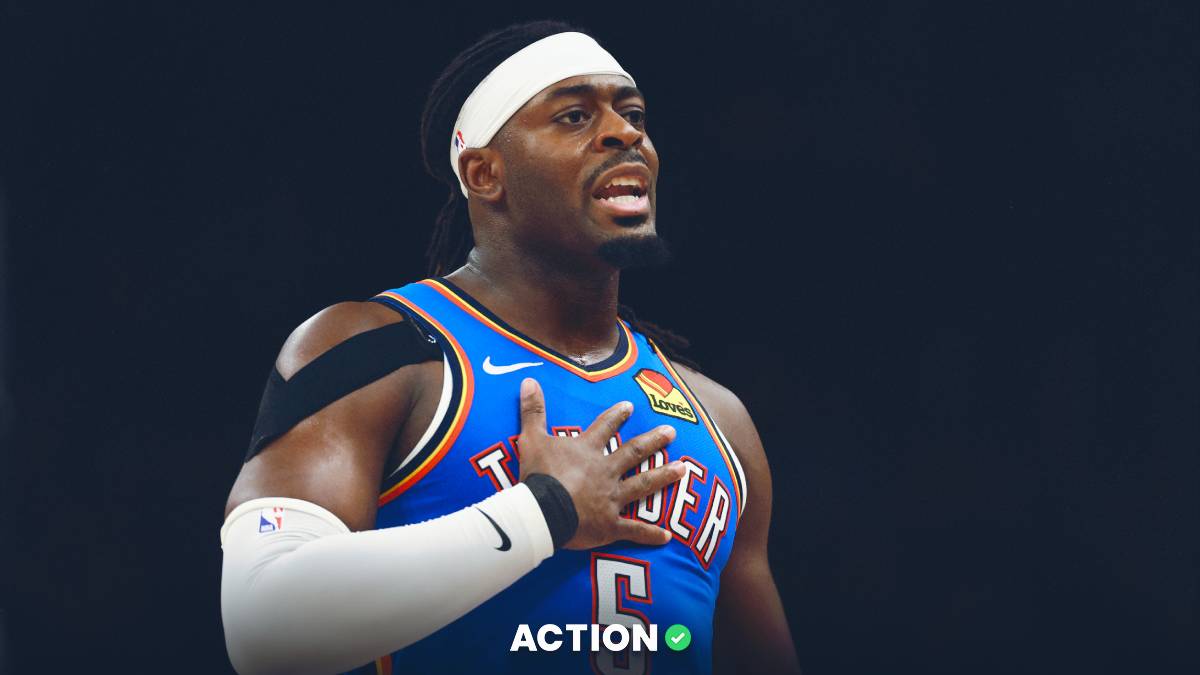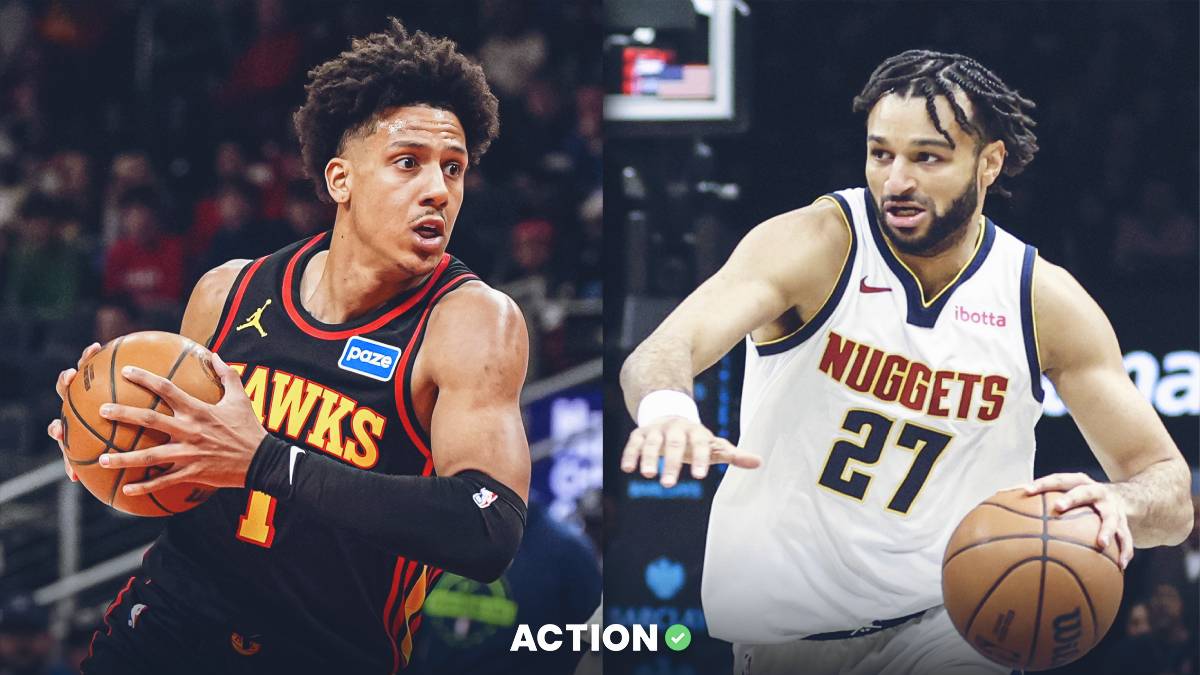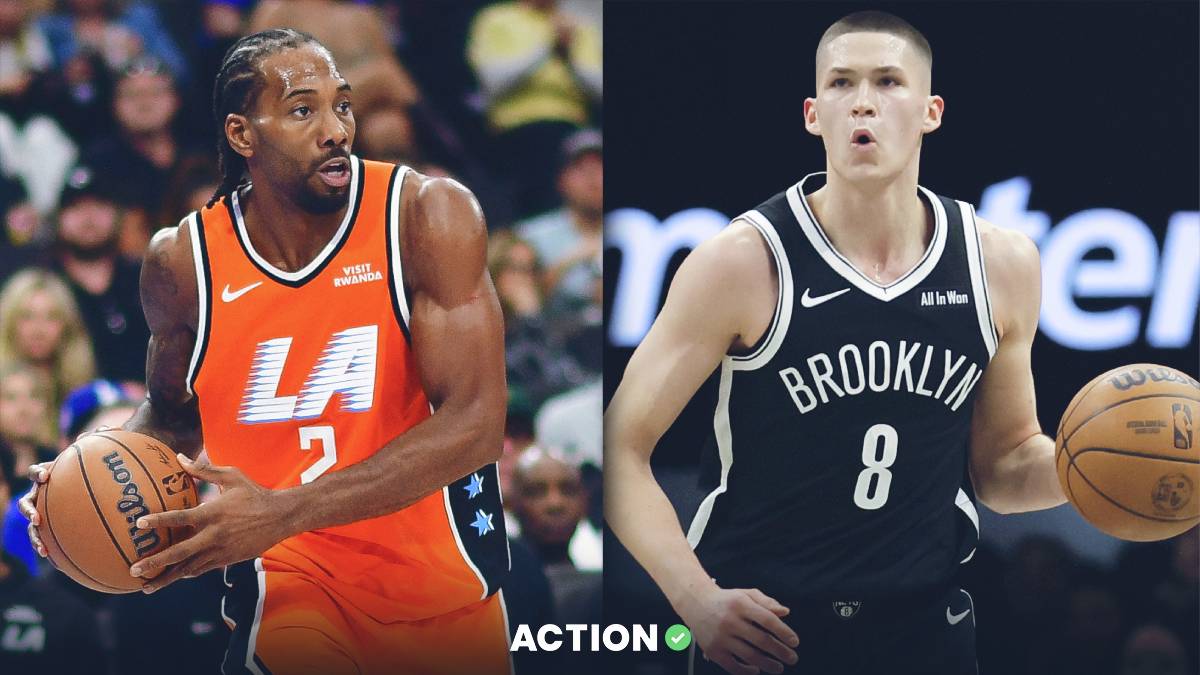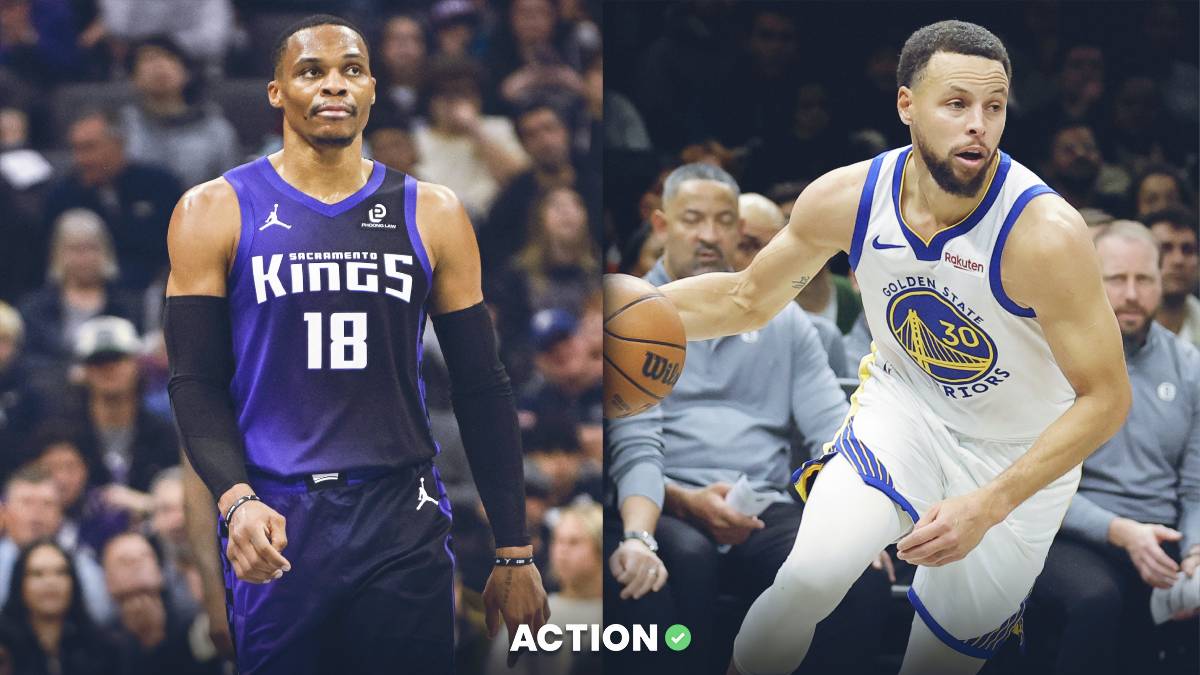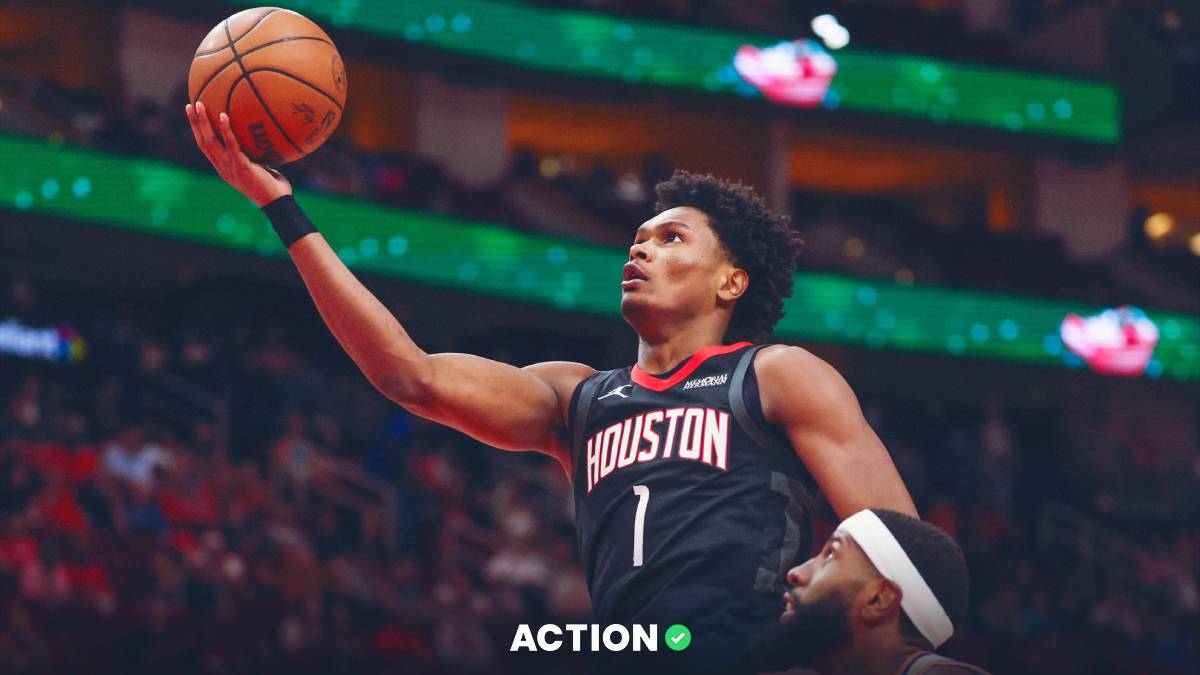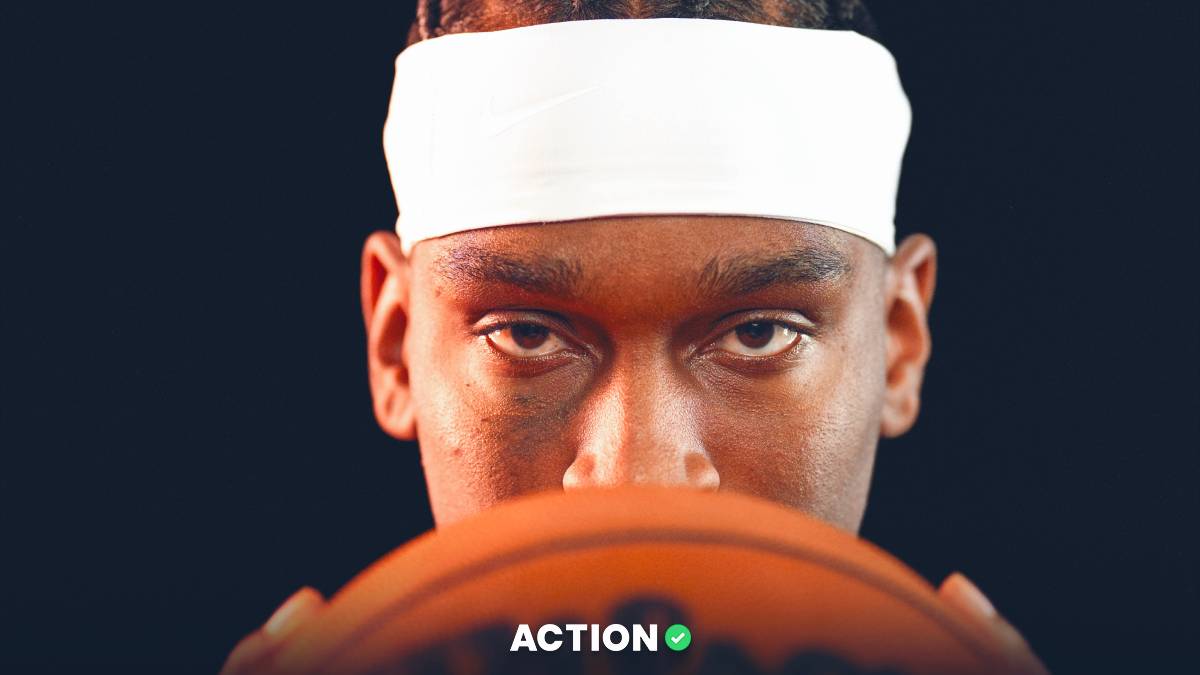A lot of smart NBA people were at the Sloan Analytics Conference this past weekend, so in honor of the creator, Daryl Morey, who was on Chad Millman's Buffet podcast last week, let's get a little analyticsy.
From Morey came the idea of Moreyball, which is a style of offense based around shots at the rim and from behind the 3-point line. Those are easily the most efficient shots in an NBA offense, and the Rockets have pioneered this style in a big way over the past couple of years. It's likely no surprise the league-average Offensive Rating is currently at its highest over the past two years.
Players who can "get a bucket" are still valuable in today's modern NBA landscape, but those who do it via the midrange just aren't as valuable as those who emphasize those high-efficiency areas of the floor: the rim and 3-point line. Morey's own superstar, James Harden, embodies this perfectly: Per Cleaning the Glass, Harden takes 30% of his shots at the rim and a whopping 48% from behind the arc. For a high-usage shot-creator, those marks are incredible. Only 8% of his shots are classified as long midrangers, which is in the 13th percentile of players this season. Harden is one of the most efficient offensive players in the league, and it isn't solely based on his shooting; it's where he's shooting the ball.
There's not a perfect correlation between shot frequency in those two areas and Offensive Rating. But it's pretty strong.
After seeing @bryan_mears' very creative NBA team shot profiles chart, I thought it would be interesting to add in how well teams actually shoot (eFG%) and score (O-Rating): pic.twitter.com/xG3scG4gGb
— Mason Ginsberg (@MasonGinsberg) January 26, 2018
Some teams, like the Wolves, can get by with taking nonefficient shots because of their incredible talent. Others, like the Nets, can't generate successful offensive numbers despite having a healthy shot profile. But there's still a correlation between shot profile and offensive success, on the team and individual level.
Shot Profile Score
On that note, I compiled data for all players this season to find how they impact their teams' shot profiles. In the chart below, "RimF" is the percentile score of the on/off difference for frequency of shots at the rim. For example, when Kemba Walker is on the floor, the Hornets increase their frequency of shots at the rim by 7.8%. Compared to all other players in the league, that ranks in the 71.3 percentile. I did the same for frequency of shots from behind the 3-point line and the on/off differential for team field-goal percentage from those areas. The "Shot Profile Score" is the average of those four percentile scores. The players with the highest numbers most positively impact their offenses in terms of shot profile and shots made from the most efficient areas on the floor.
Notable Players and Teams
The top players in Shot Profile Score are an intriguing bunch; some you might expect, others not. Al Horford leads all players with a 73.8 SPS, mostly because the Celtics' offense is absolutely atrocious shooting the ball without him. When he's on the floor, Boston shoots 9.7% better at the rim and 9.4% better from the 3-point line. Horford's teammate, Kyrie Irving, isn't far behind him in SPS, which shows just important these two players are to Boston's postseason hopes. If either one goes down, Boston will struggle to score when the other is off the floor. Also, this strongly suggests that perhaps Brad Stevens should stagger their minutes. It's great when they play together, but it could be more important to make sure the offense doesn't have to operate without at least one of them on the floor.
The next guys up are Giannis Antetokounmpo, Stephen Curry, and Kemba Walker. The Bucks' offense is very reliant on Giannis, and he completely warps the floor, albeit in a different way than someone like Curry. The Warriors guard bends defenses because he can pull it from anywhere, even if he's 45 feet away from the basket, and he absolutely understands the modern game and which shots are the most efficient. Giannis isn't a shooter by any means, but he's turned himself into the most terrifying rim attacker since early-years LeBron. The dude is essentially a real-life Inspector Gadget. I mean, come on:
Wow.
Giannis caught the ball approximately 50 feet from the basket, took one dribble, and dunked…
(h/t HouseOfHighlights/IG) pic.twitter.com/ax0iaCLLiH
— Tommy Beer (@TommyBeer) February 12, 2017
Curry is on a team full of stars, and he still has a profound impact on the offense: When he's on the floor, the Warriors increase their 3-point rate by 9.4%, and they shoot 5.6% better from there. Walker is an interesting case, and while he's definitely a great player, his on/off numbers could be inflated by having the worst backup situation in the league. When he's on the floor, the Hornets take 7.8% more shots at the rim and hit 7.3% more 3s. In contrast, Michael Carter-Williams has one of the worst Shot Profile Scores in the league: The Hornets take less efficient shots and make a lower percentage of the few efficient shots they do take.
A quick aside: Yesterday I mused on Twitter that LeBron is especially dominant when he gets to be the point guard of the offense and dictate its profile. LeBron plus shooters plus a rim-roller equals an unstoppable offense. I had someone reply and ask if that meant LeBron was dependent on teammates for success, and that prompted me to think about what makes the superstars stand out from the stars in today's league. Part of it is just raw talent and shot-making ability, but perhaps an underrated part is how they change the profile of their teams. Theoretically you can optimize a team around any one player, but the best players — LeBron, Steph, Harden, et al. — are the players whose optimal teams also run the most efficient form of offense. Maybe what separates stars and superstars is that the strengths of superstars are ideally suited to the most optimized, efficient offense. In my opinion, that is an important yet undervalued marriage.
Anyway, those star players are fairly obvious in terms of SPS, but others aren't. For example, guys like James Johnson and Devin Harris have had huge impacts on their team's offenses this year. That's particularly notable for the Dallas Mavericks, who just traded Harris away to the Denver Nuggets. Harris was averaging 18.3 minutes per game for them, which is a big chunk of efficient basketball time that is now missing from their offense. There are more surprising guys with high SPS marks, including Robert Covington, who is perhaps one of the most underrated players in the league, especially within the 76ers' offense. When any of these players are out, their offenses will likely perform worse than usual So what's the lesson? Watch the injury reports, know who's most valuable, and see where the market does and doesn't adjust when the players atop the list above miss time. Doing so will give you an edge over mainstream bettors.
Photo credit Erik Williams-USA TODAY Sports


